Features and types
Scientists around the world have long wondered about the reasons for the uneven pigmentation of these plants and came to the conclusion that it arose under the influence of natural plant mutations. The first variety of variegated violets was obtained in the middle of the twentieth century in the States. At the same time, the variegation of the leaves was spontaneous, that is, it could not be brought out on purpose. The first varieties of violets could have one or more multi-colored leaves. Plants have not received due attention at special exhibitions due to the instability and unpredictability of color.
This type of violet has been called "spontaneous selection". Variegation in this type is almost never inherited. In addition, the color may be unstable, changing over time to a uniform green. Such a random mutation can appear as a result of an excess of nitrogen in fertilizers or if the flower has been in conditions of too high a temperature for a long time. Spontaneous variegation is characterized by pale pink, lemon yellow and beige colors.

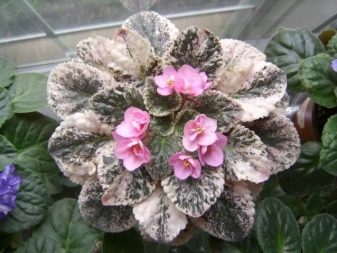
Today, more than half a century later, about 4 thousand different varieties of variegated violets are known. As a result of many years of research on foreign selection, a catalog was compiled, in which the variegation of violets was divided into 3 main types:
Variegated Tommie Lou, named after its founder. The main background of the leaves is traditionally green, the edging along the edges is pronounced, has clear borders and a pink or yellowish-beige color. The brightness of the color and the number of colored patches may vary depending on the environment. This type of plant has enough chlorophyll, so it feels great both in natural light and with an artificial lamp. Tommy Lowe reproduce in the same way as ordinary violets. Cuttings take root quite easily, and the offspring appear at the same time as other representatives of this genus.
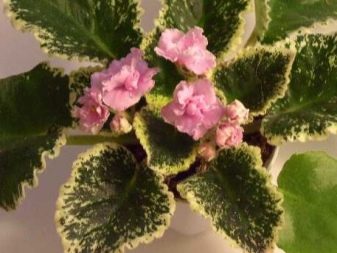
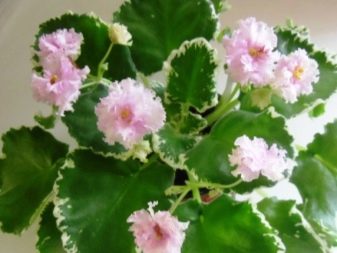




There are also chimeras. This group of saintpaulias includes specimens in which the pattern not only has clear boundaries, but is also repeated on all leaves. Color spots can be light or dark.
This type is quite rare, since it reproduces exclusively by stepchildren, which are formed from the mother plant. But even they cannot guarantee that the future plant will inherit the variegated character. The uniqueness of chimeras is in their genetic structure. If you cut the petal across and examine it under a microscope, you will notice that the petal consists of two layers, one of which creates the main background, and the other - additional.


Care
To preserve the multicolored color of Saintpaulias, for which collectors and simply amateur flower growers appreciate them, it is necessary to follow some rules.
- Special soil containing less nitrogen than ordinary violets.
- Additional light source. It is desirable that this be diffused light. Areas of the petals that do not contain green pigment react negatively to direct exposure to sunlight. It may even burn the leaves.
- Moderate temperature. Most variegated violets do not tolerate heat well, and at temperatures above 28 degrees, they lose their individual color.
Due to the fact that the process of chlorophyll formation in white leaves is slower than in conventional varieties, they are less viable. Therefore, it is believed that the best leaves to reproduce are completely green.

Hybrids and their differences
From a botanical point of view, all indoor Saintpaulias are hybrids. But over time, so many varieties were bred that the classification changed slightly.
Hybrid violets in modern floriculture are varieties that have hybrid variations relative to the old, classic varieties.
The signs of hybridization can be safely attributed to:
- unusual types of flowering - violet-wasp, non-flowering Saintpaulias, very large flowers, double and other species atypical for classic Saintpaulias;
- unusual foliage - variegated, elongated, girl, bustle, as well as swirling and abundantly wavy;
- rosette shape - ampelous and trailer varieties;
- the size of the bush - micro-mini, mini, semi-mini and large bushes, can be considered hybrids, the standard size is 20-40 cm. Regarding semi-mini and large bushes, one can doubt, but miniatures are 100% hybrid;
- color of flowers - monochromatic, two-tone and some two-color can be called standards, and chimeras, fantasy flowers and other types belong to hybrids.
Important! Sometimes the variety may seem standard but not, and sometimes the other way around. It depends on small features that you may not initially notice .. For example, hybrids include:
For example, hybrids include:
Earl and Joyce (variegated chimera);
Rebel's Astro Spinner (bright pink with a white edge and a blue sawed strip, and also with a blue fantasy all over the petal).
Breeding J.Munk variegated Apache series
Please note that standard violets can be sent by mail within Russia.
only in the form of: cuttings and children.
Apache Bandit (J.Munk)
Large semi-double bright purple pansies with a deep green corrugated edge. Variegated green-pink-white corrugated foliage.
The product is not available.
0 rub

Huge semi-double bright crimson stars crown the green-white-pink show foliage.
The product is not available.
0 rub

Apache Favorite (J.Munk)
Huge semi-double red cranberry flowers with a fringed edge. Green with creamy pink wavy leaf. Very beautiful variety
The product is not available.
0 rub
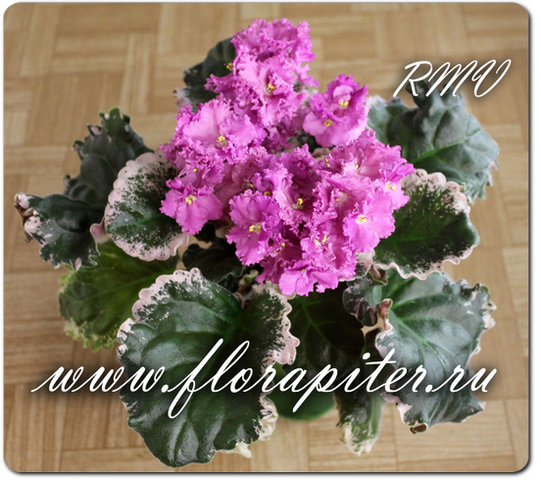
Apache Freedom (J.Munk)
Semi-double pink-lilac fringed pansies with a darker thickening towards the tips of the petals. Variegated leaf, leaf is dark green with white and pink, red underside of the leaf. Standard
The product is not available.
0 rub
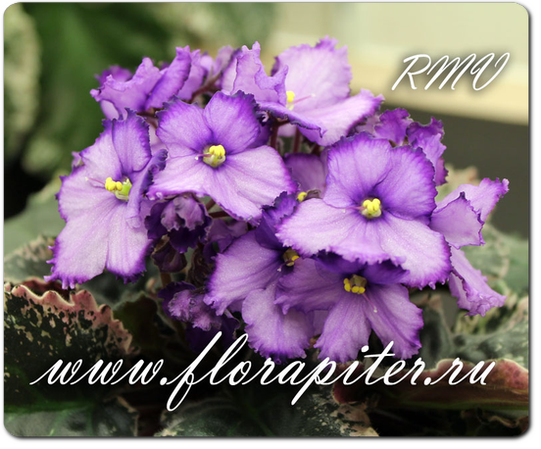
Apache Jewel (J. Munk)
Semi-double two-tone lavender "anyutki" with a dark eye and thickening along the edges of the petals. Variegated dark green with pink wavy foliage. Standard.
| Availability: 5 |
Leaf cutting
100 rbl

Apache Magic (J.Munk)
Large, unusual shape, blue, almost black flowers. Beautiful creamy pink variegated rosette. A bright, spectacular variety!
| The product is not available. |
Leaf cutting
100 rbl
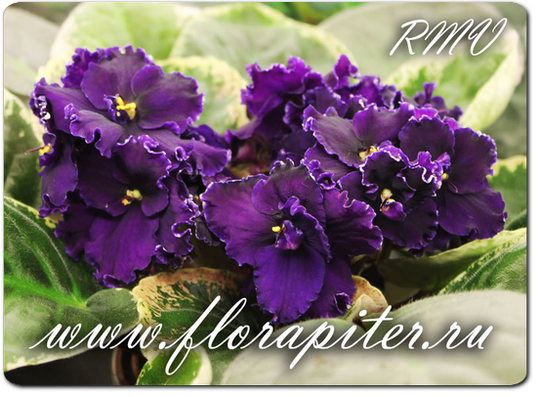
Apache Midnight (L.Munk / J.Munk)
Large semi-double velvety flowers of black-purple color with a white corrugated border. Creamy beige variegated with slightly quilted foliage.
The product is not available.
0 rub
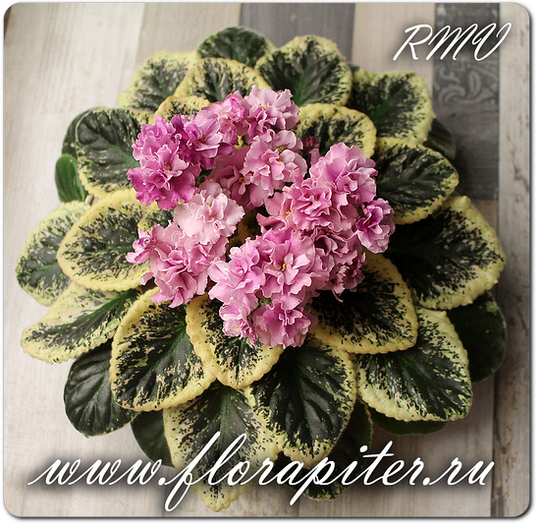
Apache Primrose (J.Munk)
Flowers are semi-double and double, corrugated pink with crimson condensations to the tips of the petals. Lemon-green variegated leaf. Abundantly flowering cultivar.
The product is not available.
0 rub
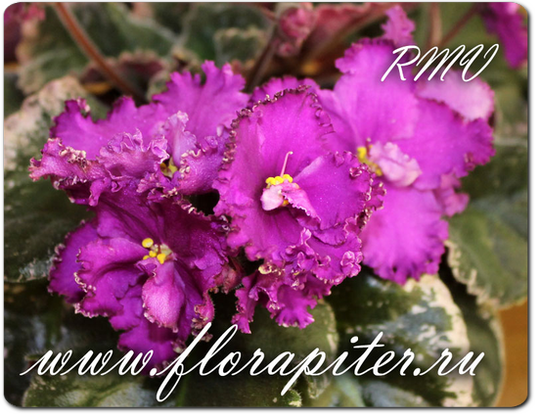
Apache Redcoats (J.Munk)
Semi-double red-purple stars with frills. Variegated wavy dark green with pink foliage, purple foliage underside. Standard.
The product is not available.
0 rub
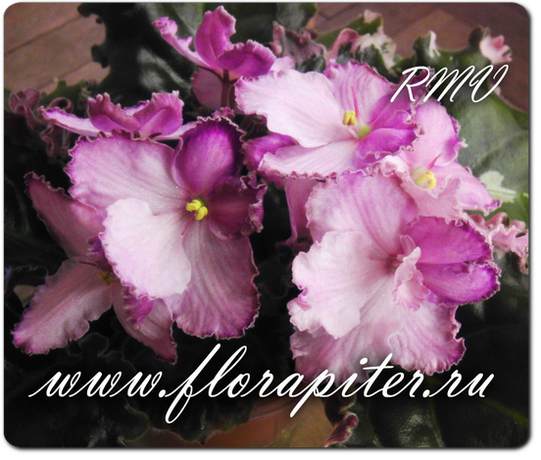
Apache Sunburst (J.Munk)
Large semi-double ashy pink pansies with darker upper petals, cool with a greenish-brown border. Variegated green-white-pink leaves.
| Availability: 5 |
Leaf cutting
100 rbl
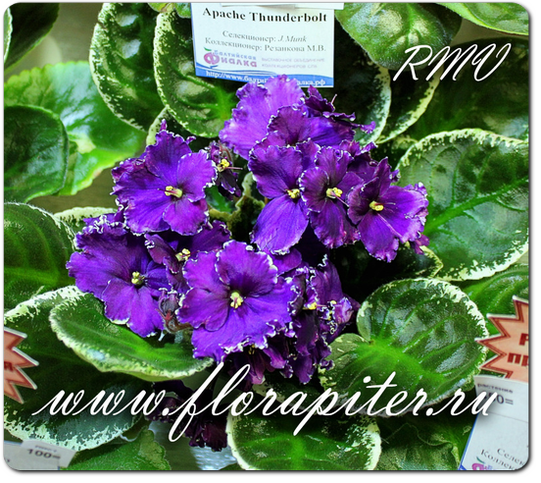
Apache Thunderbolt (J.Munk)
Large semi-double dark purple flowers, almost black tone to the tips of the petals, white, wrinkled slightly intermittent border. Green and white simple pointed leaves.
The product is not available.
0 rub
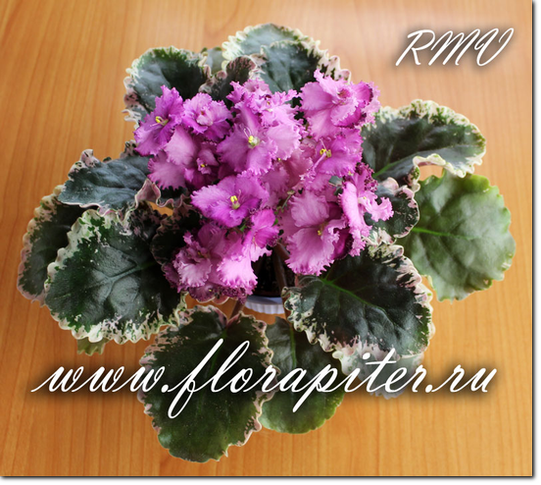
Apache Victory (J.Munk)
Semi-double pink ruffled pansies with darkening to the edge of the petals. Variegated dark green with pink wavy foliage. Standard.
The product is not available.
0 rub


